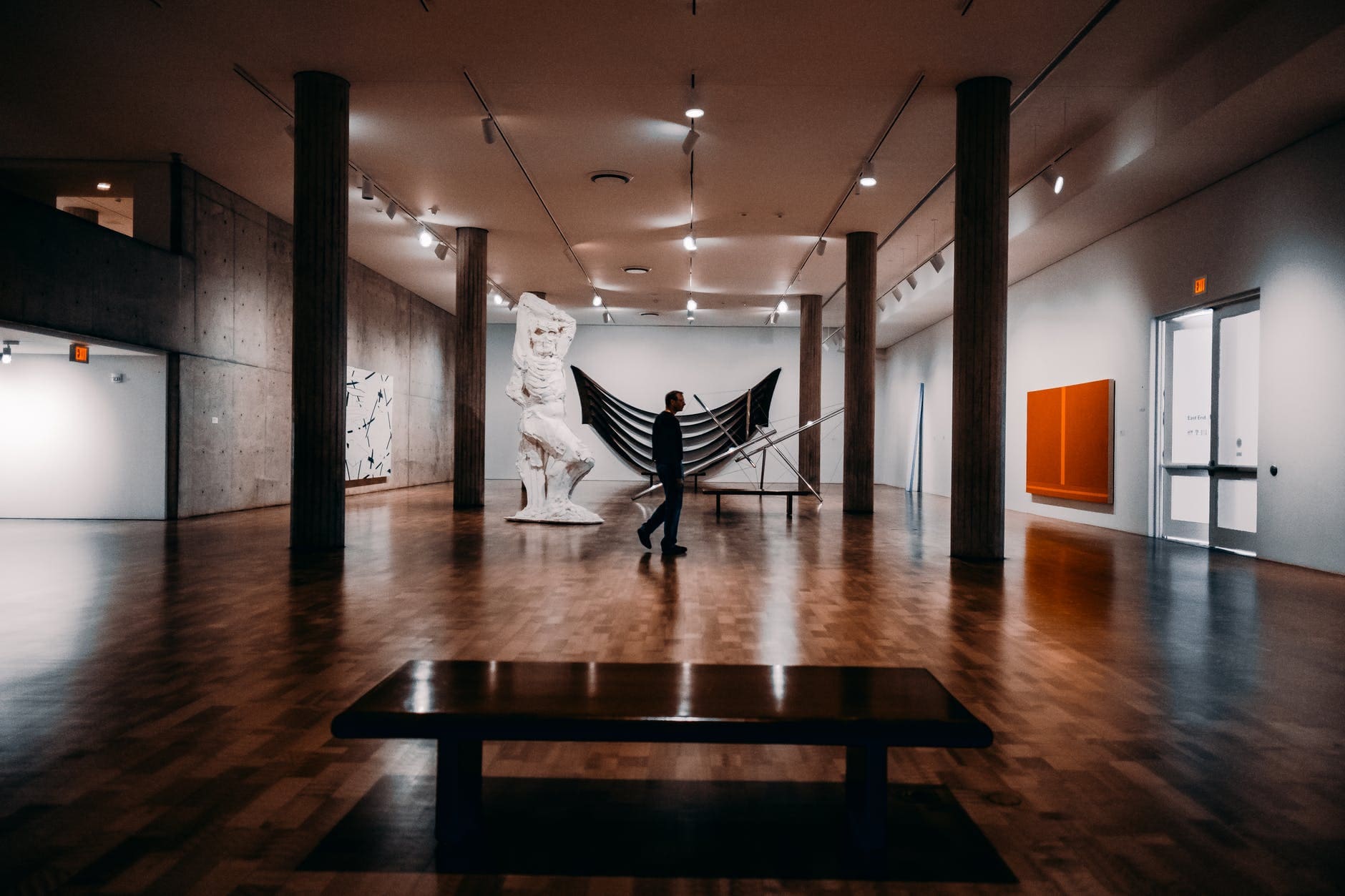Case Study: Online Art Auctions
With the arrival of the coronavirus and its rapid spread through almost every country in the world in the early 2020s, all sectors of the economy and levels of society have been forced to implement drastic changes in the way they operate, as well as adapt their activities to a new reality. The auction business suffered the same consequences as other sectors and by imposition of the new social distancing measures, the vast majority of auction companies were forced to change their presential auctions and chose to hold online auctions.
However, the transition from the presential to the digital format was a major challenge for some auction houses that had a rather small online presence and little or no experience in conducting virtual auctions. Centro de Leilões offers fundamental strategies for auction houses to succeed in the digital environment, in this transition phase.

Due to the prohibition of exhibitions in physical spaces, auction houses had to rely on other methods, offering, for example, visits to virtual galleries where potential customers can explore the items auctioned through augmented reality technologies. Additionally, as a consequence of the impossibility of holding presential auctions, auction houses began to resort to external platforms in order to hold their events through videoconferences and real-time transmissions.
Considering the situation imposed by the coronavirus, many auction houses have been forced to accelerate their digital transformation process in order to be able to continue operating in the auction market and resist the current crisis.
Contrarily to other sectors, in the auction business the expectations for the coming months are quite positive. In the case of art auctions, for example, many experts believe that the pandemic could mean an important turning point for this segment.
A study provided by Hiscox in the Online Art Trade Report 2020, reveals a growing sense of optimism regarding the future of online art sales. Despite the global slowdown in the art market, around 80% of online platforms in this sector expect digital sales to increase in the next 12 months and 65% are confident that the impact of the pandemic on this market will be “permanent and transformative”.
In the specific case of auction houses, the report estimates that the online sales of Christie’s, Sotheby’s and Phillips (the world’s leading auction houses) generated €333 million in the first half of 2020, a figure that represents a 436% growth compared to the same period in 2019. The study also reported that online sales accounted for 28.3% of these companies’ total auction sales during the first half of 2020, a significantly higher percentage comparing to the 1,2 % recorded during the same period in the previous year.
Jennifer Zatorski, president of Christie’s America, states that online auctions are more than a trend. The entrepreneur believes that this “Is only the beginning”, assuring that “The art market and our clients are ready and demand this form of interaction and transaction”. Edward Dolman, CEO of Phillips (the world’s third largest auction house), explains that the strategy of holding online auctions and private sales “Is a good way to continue to work with those who wish to conduct trades during this period.”
The majority of professionals in the auction industry know that the coronavirus crisis will have long-lasting consequences for the art market and auction houses, as well as for the other sectors of the economy. Nevertheless, it is undeniable that this period of time is a great opportunity for growth and transformation for the auction sector in Portugal and in the world.



